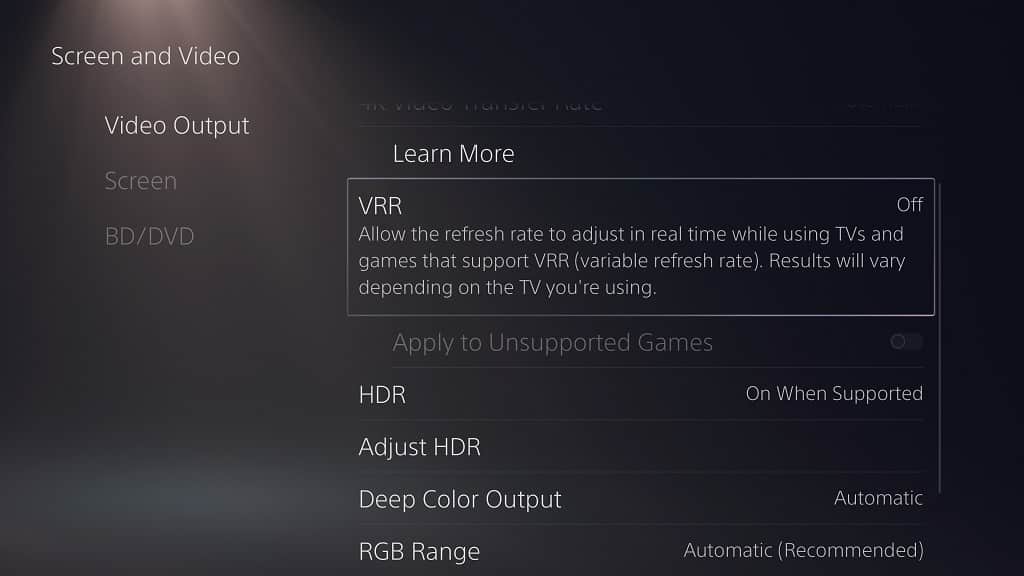With the 32″ MSI Optix MPG321UR-QD 16:9 4K 144 Hz IPS Gaming Monitor, you can play games with Variable Refresh Rate on the Xbox Series X and Xbox Series S gaming consoles. To find out how you can properly enable this feature, you can take a look at this article from Seeking Tech.
Xbox Series X and Xbox Series S VRR benefits
By using Variable Refresh Rate, games running on the Xbox Series X or Xbox Series S that don’t originally run at a stable frame rate will look smoother. Furthermore, screen tearing should also be eliminated.
How to turn on MSI MPG321UR-QD VRR support for Xbox Series X and S
In order to use the Variable Refresh Rate feature of the 32″ MSI Optix MPG321UR-QD on your Xbox Series X or Xbox Series S system, you need to take the following steps:
1. Before everything else, we recommend that you update the firmware of your PG321UR-QD as a new version may help improve the VRR performance of the screen.
You can download the latest firmware for this product with the following link:
2. Furthermore, you should also keep your Xbox Series X or Xbox Series S updated to the newest firmware release as well. A new update may also help when it comes to using Variable Refresh Rate.
3. Next, you need to connect your Xbox game console to the HDMI 2.1 port of the MSI Optix MPG321UR-QD. We recommend that you use the HDMI cable that came with your console.
For the uninformed, the Xbox Series X comes with a HDMI 2.1 cable included in the box while the Xbox Series S comes with a HDMI 2.0 cable.
You should be able to still get Variable Refresh Rate support of MPG321UR-QD the monitor with a HDMI 2.0 cable for both of these consoles.
4. Turn on the screen and game console if you haven’t done so already.
5. Make sure that the MSI Optix MPG321UR-QD is displaying the correct input source for your Xbox console. If not, you need to switch over to the right input before continuing.
6. Next, use the Navi Key on your monitor to open the on-screen display (OSD) menu.
7. Inside the OSD menu, you first need to scroll down and then select Setting on the left column.
8. You then need to go to HDMI 2.1.
9. For the HDMI 2.1 setting, select 4K 120Hz – Console.
10. Head back to the OSD menu and then select Gaming.
11. You then need to select Adaptive-Sync.
12. In the Adaptive-Sync setting, make sure you select On.
13. On your Xbox Series X or Xbox Series S console, go to Settings.
14. From the Settings menu, go to General in the left column and then select “TV & display options” on the right side.
15. In the “General – TV & display options” menu, select “Video modes.”
16. From the “General – Video modes” menu, make sure that the “Allow variable refresh rate” setting is checked, which indicates that VRR has been enabled for your Xbox Series X or Xbox Series S game console.
To see how you can enable VRR support for the MSI Optix MPG321UR-QD when playing PS5 games, you can check out this article.

